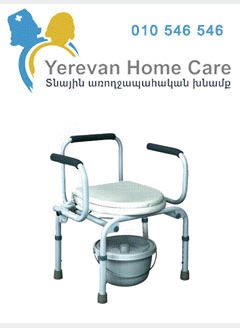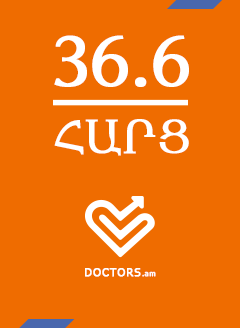Fibrous dysplasia is an abnormal bone growth where normal bone is replaced with fibrous bone tissue. Fibrous dysplasia causes abnormal growth or swelling of bone. Fibrous dysplasia can occur in any part of the skeleton but the bones of the skull and face, thigh, shin, ribs, upper arm and pelvis are most commonly affected. Fibrous dysplasia is not a form of cancer.
Most lesions are monostotic, asymptomatic and identified incidentally and can be treated with clinical observation and patient education.
This disorder is usually diagnosed in childhood or early adulthood and can affect one or several bones. Males and females of any race are equally affected.
Fibrous dysplasia is not a form of cancer and does not increase a person’s susceptibility to cancer. In some cases, hormone problems and changes in skin colour also occur.
Symptoms
In most cases, fibrous dysplasia has no symptoms and is only diagnosed by accident during investigations for an unrelated medical problem. When symptoms occur, they can include:
Pain - caused by the expansion of bone. Treatment for this is pain management therapy, analgesics and anti-inflammatory medication.
Irregular bone growth
Bone deformity
Increased susceptibility to bone fractures (rare).
Treatment
Nonsurgical Treatment
Fibrous dysplasia is a chronic disorder. It is often progressive. Although lesions may stabilize and stop growing, they do not disappear. Individual lesions may progress more rapidly in the polyostotic form and in growing children.
Observation. Areas of fibrous dysplasia that are not symptomatic may be observed with periodic x-rays and not treated if they are not progressing. Braces may occasionally be used to prevent fracture, but they have not been effective in preventing deformity.
Medications. Bisphosphonates are medications that decrease the activity of cells that dissolve bone. They have recently become available in easy to take oral forms. These medications have not been used extensively in the treatment of fibrous dysplasia, but early studies have demonstrated effective relief of the pain associated with fibrous dysplasia.
Surgical Treatment
Surgical treatment is often necessary. The following findings are associated with the need for surgery.
Symptomatic lesions that have not responded to nonsurgical treatment
Displaced fractures (when the bone breaks into two or more separate pieces)
Hairline cracks that do not heal with casting or bracing
Progressive deformity
Presence of cancer
As a means to prevent large lesions from causing a fracture
When surgery is needed, stabilization of the bone with metal implants, such as rods or plates and screws, can be useful to fix a fracture or deformity or to prevent bone breakage.
Additionally, scooping out (curettage) of the fibrous dysplasia is generally performed along with bone grafting. Over time, the bone graft placed in the defect often is absorbed and replaced with more fibrous dysplasia.












